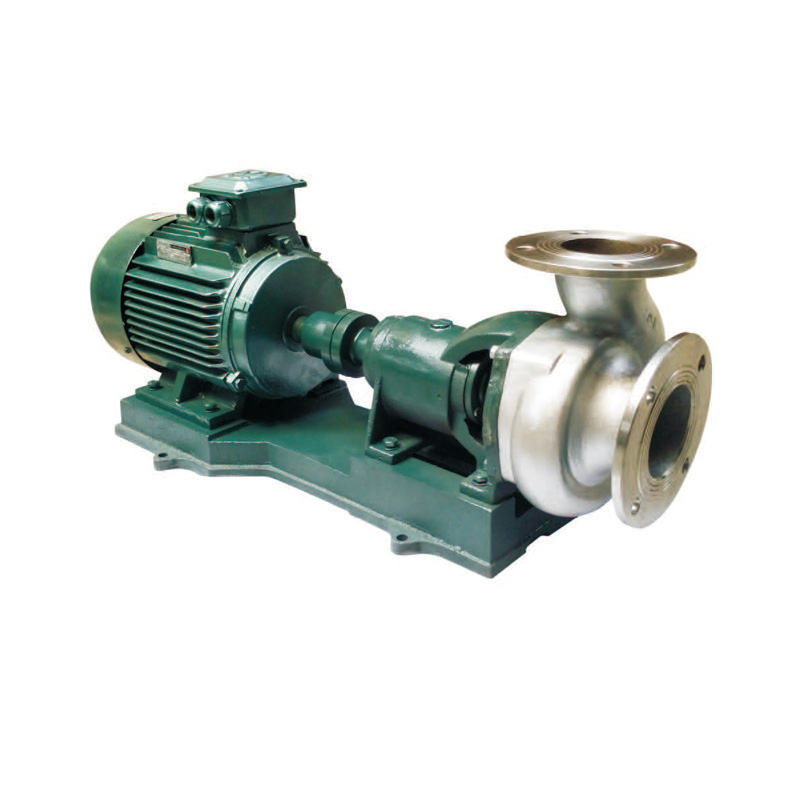NewsNEWS
Featured products
Contact Us
Centrifugal Pump Installation Guide6 Key Steps to Common Failures
2025-04-256 Key Steps to Common Failures
When installing a centrifugal pump, selecting the correct model and materials is just the first step. To ensure long-term stable operation, proper installation, base alignment, and pipeline design are equally critical. Many pump failures stem from incorrect piping design, a problem often overlooked. Follow these six simple rules to avoid hidden risks and extend your pump’s lifespan.
Centrifugal Pump Installation Guide6 Key Steps to Common Failures
1: Shorten the Suction Pipe and Maintain Straight Sections
Keep the suction pipe as short as possible to minimize inlet pressure loss.
Leave 5-10 times the pipe diameter of straight pipe between the pump inlet and obstacles (e.g., valves, elbows). For example, a 10 cm diameter pipe requires a 50-100 cm straight section.
Straight sections ensure uniform liquid flow, preventing unstable velocity at the pump inlet.
2: Suction Pipe Diameter ≥ Pump Inlet Size
Discharge pipe: Match the pump’s outlet flange size or go slightly larger to reduce friction.
Suction pipe: Choose a diameter 1-2 sizes larger than the pump inlet, connected with an eccentric reducer (explained below).
For viscous liquids (e.g., oils), a larger suction pipe helps prevent cavitation (bubble formation due to localized liquid evaporation, damaging the pump).
3: Use Eccentric Reducers on the Suction Side
When to use: Required when the suction pipe is larger than the pump inlet.
Installation direction:
Liquid flows from below → Top-flat reducer.
Liquid flows from above → Bottom-flat reducer.
Purpose: Prevents air pockets from forming at the top of the suction pipe.
4: Avoid Elbows Near the Pump Inlet
Maintain 5-10 times the pipe diameter of straight pipe between the pump inlet and any elbow.
Reason: Elbows too close cause liquid to hit the impeller sideways, increasing bearing load, vibration, and wear.
5: Prevent Air Entry in the Suction Pipe
Keep the supply tank liquid level high to avoid vortices and air entrainment.
Eliminate “high points” in the suction pipe, which trap air.
Seal all connections tightly, especially under vacuum conditions, to prevent air leaks.
6: Never Let the Pump Bear Pipeline Stress
Never use the pump to support pipes. External stress can deform or crack the pump casing.

Consequences: Pipe stress accelerates seal and bearing failure. Even with a well-designed discharge side, suction-side issues can cause recurring failures.
Fact: 70% of pump failures originate from suction pipe errors. Yet, many engineers mistakenly assume “it works” equals “correct installation.”
Conclusion: Proper Piping Ensures Pump Longevity
Centrifugal pump failures often result from poor piping design, not the pump itself. Suction-side issues, easily overlooked, lead to long-term vibration, leaks, and part damage. By following these six rules, you reduce maintenance costs and unplanned downtime. Remember: Good piping design is the foundation of efficient pump operation.





